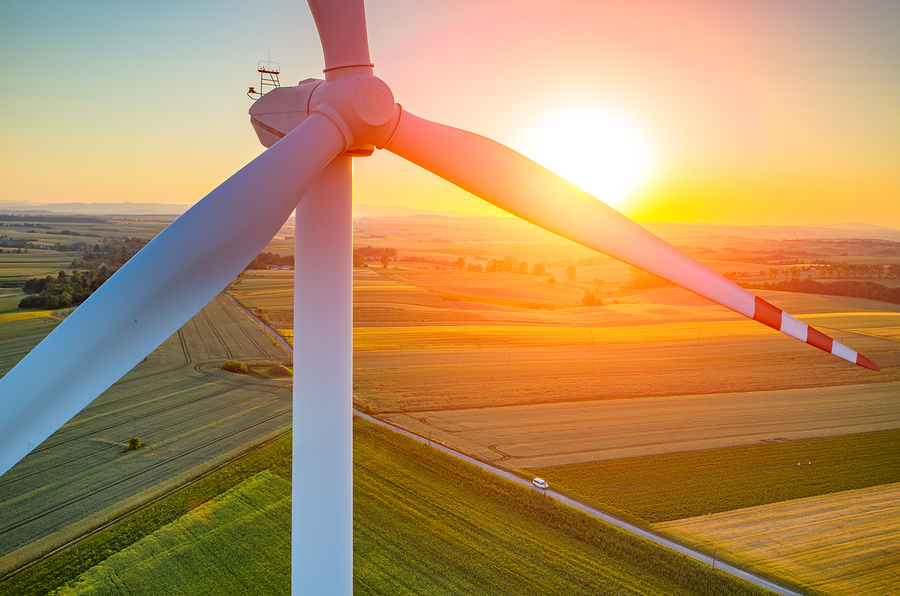According to the European Environment Agency, the EU has already hit its 2020 carbon cutting goal.
By inspecting data released earlier in the month, it is clear that greenhouse gas emissions in 2014 were 4.1 per cent lower than the previous year and 24.4 per cent lower than the 1990 baseline.
The target for 2020 is a 20 per cent cut as part of the Kyoto Protocol.
A range of factors have contributed to the fall in emissions including switches from coal to natural gas, the recession, and the rise of renewable energy.
Additionally, it is thought that milder weather has also contributed to the drop, and is cited as one of the most critical factors.
Ricardo Fernandez, from the European Environment Agency, said that:
If you look at the 24 year period, there is some warming in Europe and this has contributed to lower heat demand and lower greenhouse gas emissions
“In the last two years it has even been stronger – in 2014 you can see that, while it’s not the only factor, by and large it’s due to the milder winter conditions in Europe.”
Mild weather conditions were felt in winter periods, particularly in Germany and the UK, meaning that less people used their heating in 2014, accounting for just under half of the emission decline across the 28 states.
Both the UK and Germany have led the way in the reduction of greenhouses gases, with the UK reducing its emissions by 34.4 per cent since 1990.
The report found that the reduction in gases was also accompanied by an increase of 47 per cent in gross domestic product.
Although improvement has been made in most areas, some gains aren’t being made as rapidly, with hydrofluorocarbon gases on the increase, largely thanks to air conditioning and refrigerators.
Additionally, emissions from road transport has also grown by 124 million tonnes between 1900 and 2014, accounting for 20 per cent of all emissions in that year.
With one deadline already cracked, the EU shall now look to its next deadline in 2030, which requires emissions cuts of 40 per cent below the 1990 level.
“For 2030, there has to be more, it’s not just sufficient with the current trends we have,” said Fernandez, “at the moment the target for 2020 is clear, but for 2030 we have to step up a little bit.”
